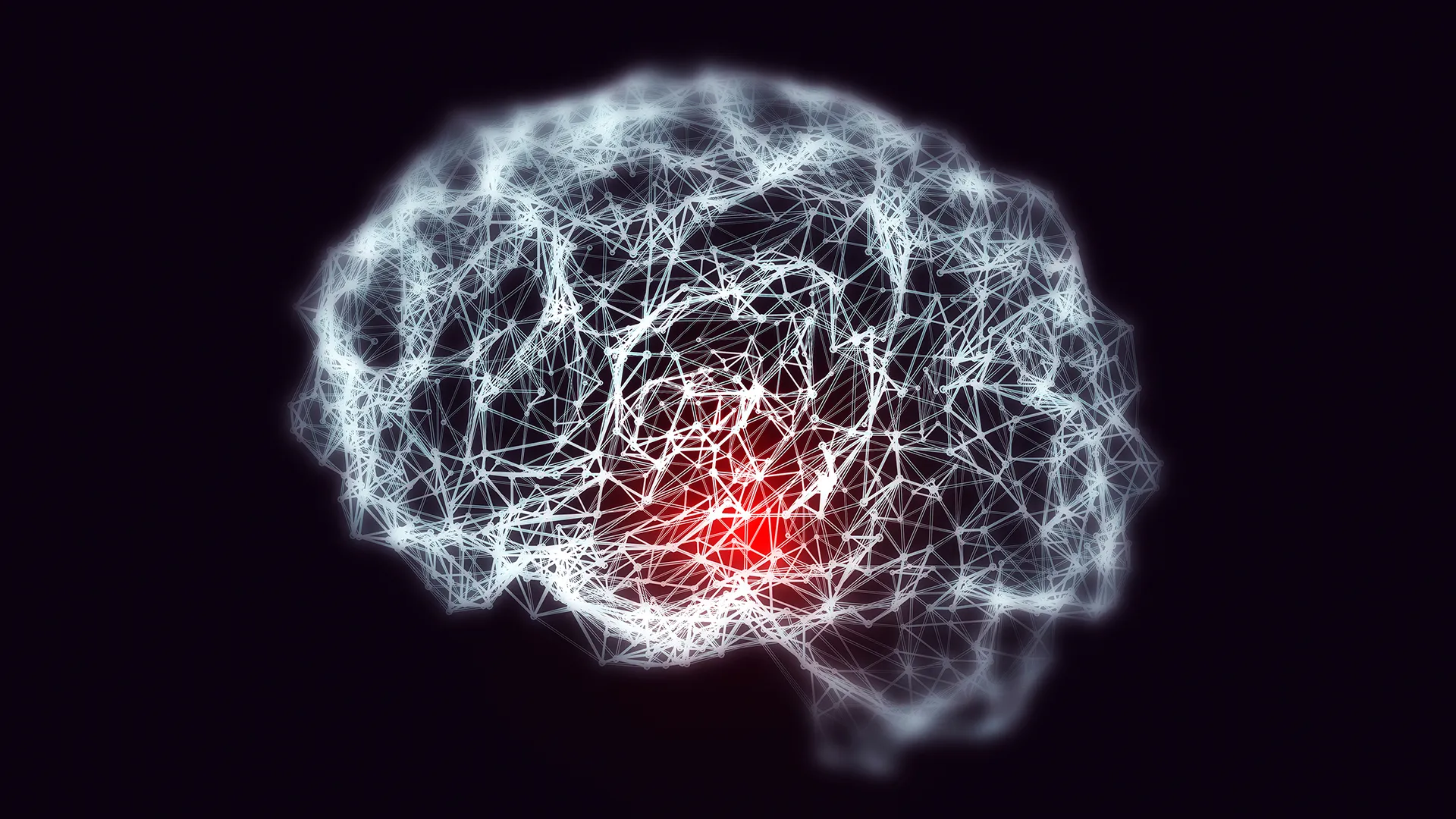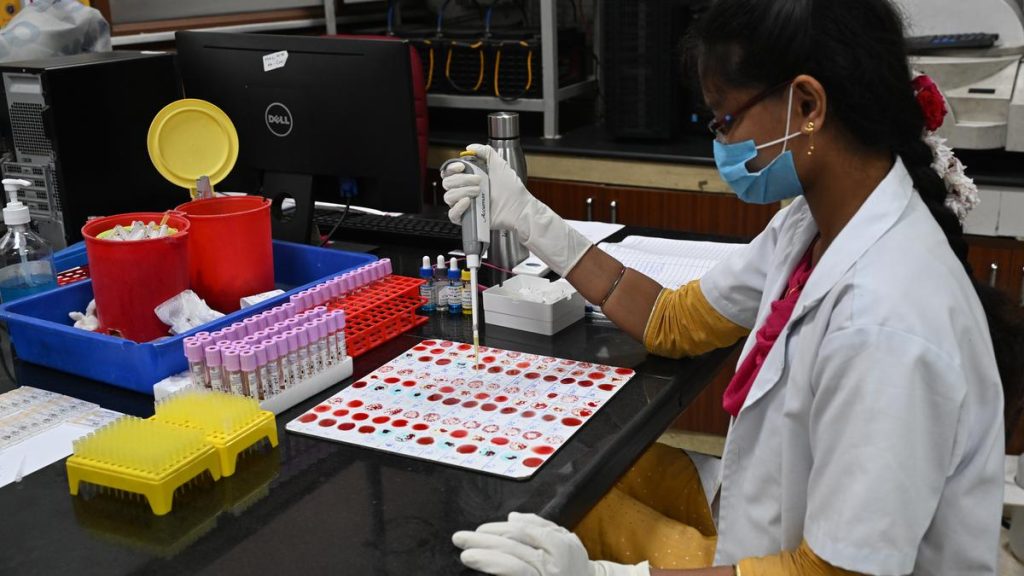Now Reading: Iron Overload Linked to Early Alzheimer’s in Down Syndrome
-
01
Iron Overload Linked to Early Alzheimer’s in Down Syndrome
Iron Overload Linked to Early Alzheimer’s in Down Syndrome

Swift Summary
- Scientists at USC Leonard davis School of Gerontology found a significant link between high iron levels in the brain and cell damage in individuals with Down syndrome and AlzheimerS disease (DSAD).
- DSAD brains had twice as much iron and more signs of oxidative damage compared to brains affected by Alzheimer’s alone or those without the condition.
- Key findings suggest increased ferroptosis, a type of cell death involving iron-related lipid peroxidation:
– Elevated iron levels likely result from microbleeds and are associated with heightened APP activity.
– DSAD brains showed weakened antioxidant defenses, especially around lipid-rich areas called lipid rafts.
– Lipid rafts demonstrated more oxidative damage and higher activity of β-secretase,contributing to amyloid plaque buildup that accelerates alzheimer’s progression.
- Rare cases of “mosaic” Down syndrome showed reduced brain APP, lower iron levels, longer lifespans, and less brain damage compared to full trisomy cases.
- Researchers propose exploring iron-chelation therapies or treatments targeting oxidative stress to slow down DSAD-linked Alzheimer’s symptoms.
Indian Opinion Analysis
This study advances scientific understanding by connecting excess brain iron with premature Alzheimer’s onset among people with Down syndrome. The implications for India are noteworthy: as healthcare infrastructure develops, research like this could help inform targeted therapies for marginalized groups such as individuals with developmental disorders. Early diagnosis and intervention strategies based on these findings hold the potential to significantly improve quality-of-life outcomes while reducing long-term care costs.
India’s broader public health sector should take note: aging-related diseases coupled with disabilities can place unique demands on care systems already stretched thin due to resource constraints. Furthermore,supporting advancements in Alzheimer’s research through international collaborations may enhance efforts toward developing affordable treatments for vulnerable populations.
By underscoring targeted treatment approaches such as strengthening antioxidant defense mechanisms or addressing cellular markers like APP processing abnormalities tied closely to ferroptosis pathways identified here-India can work towards leveraging breakthroughs adaptable within its specific socio-economic context.
























